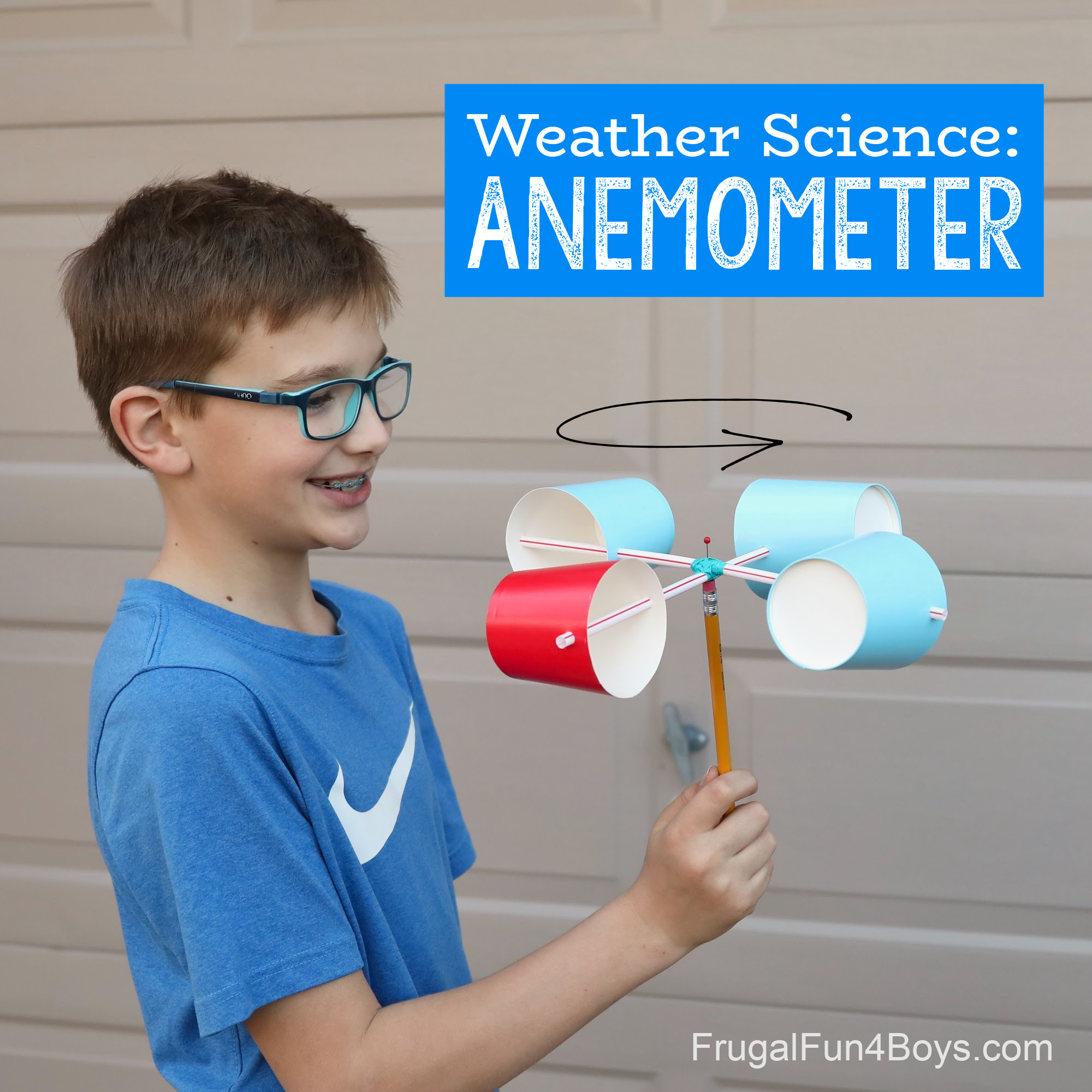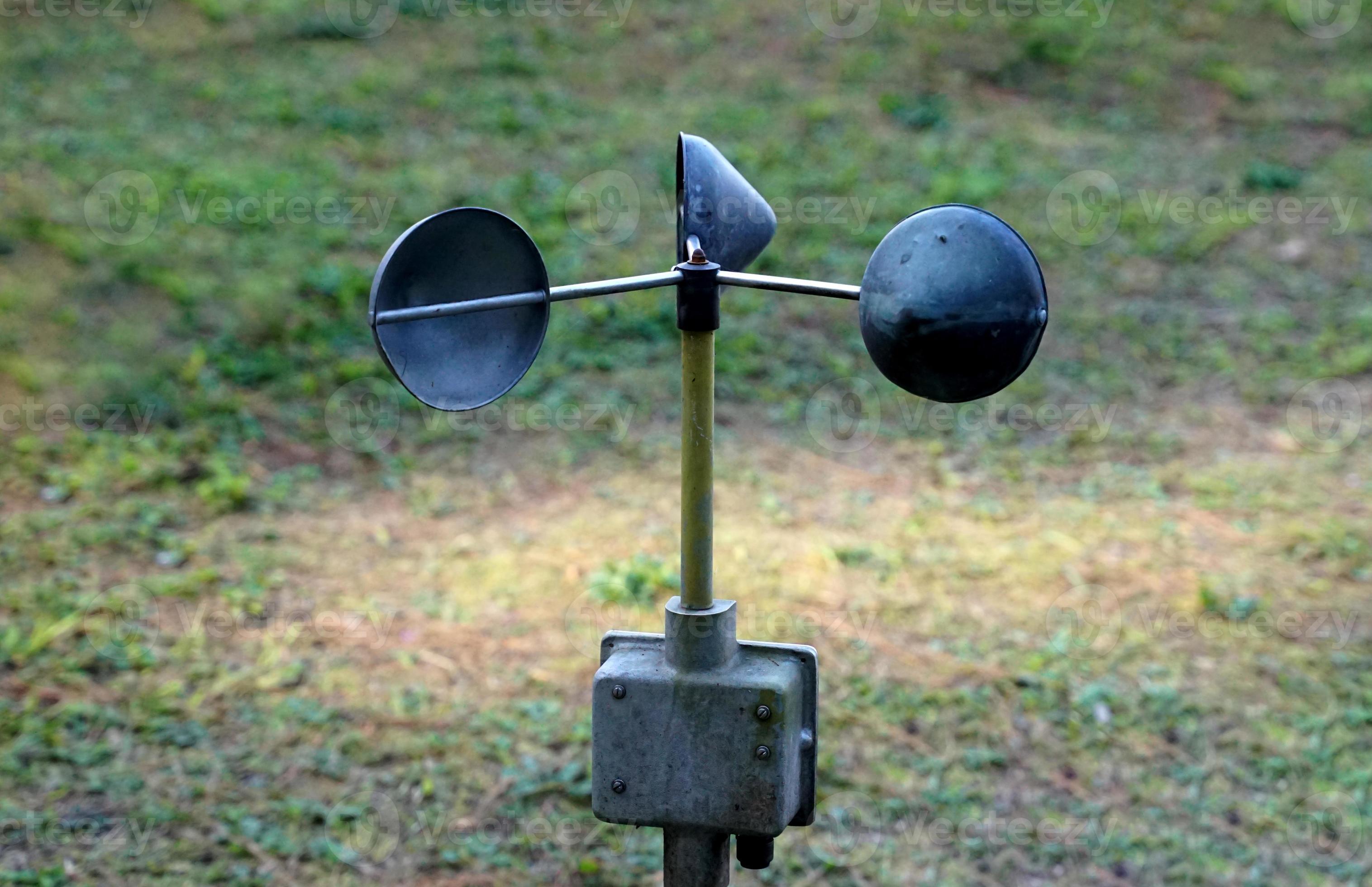Discovering the Features and Advantages of Anemometers for Weather Condition Lovers and Specialists
From cup anemometers to sonic anemometers, each type brings its special set of advantages and applications, losing light on various elements of climatic conditions. As we delve into the functions and advantages of anemometers, a deeper understanding emerges not only of dominating weather phenomena however also of the broader effects for markets like wind energy production and ecological research.
Relevance of Anemometers in Climate Monitoring
Anemometers play a crucial function in weather condition surveillance by giving exact dimensions of wind rate, helping in forecasting and understanding weather patterns. These tools, varying from typical mug anemometers to modern ultrasonic anemometers, are crucial for meteorologists, scientists, and weather condition lovers alike.

Kinds Of Anemometers and Their Applications
The most usual types of anemometers consist of mug anemometers, vane anemometers, hot-wire anemometers, and ultrasonic anemometers. Cup anemometers consist of three or 4 mugs mounted on horizontal arms that rotate with the wind, determining its speed. Vane anemometers, on the various other hand, make use of an openly turning vane to straighten with the wind direction, providing both wind speed and direction measurements.
Mug anemometers are suitable and durable for basic weather surveillance, while vane anemometers are favored for directional dimensions. Ultrasonic anemometers are non-intrusive and use high accuracy, frequently utilized in study and specialized weather monitoring applications.
Benefits of Using Anemometers in Forecasting
In meteorology, the application of anemometers uses very useful advantages for boosting the accuracy of weather forecasting. Anemometers gauge wind speed and direction, giving important information for predicting weather patterns. By including wind information into forecasting versions, meteorologists can better recognize the activity of climate systems, anticipate adjustments in weather, and concern a lot more exact projections.
Moreover, anemometers play a crucial function in examining potential weather dangers. Keeping track of wind rates helps forecasters predict extreme weather events such as typhoons, tornadoes, and wintertime storms with greater accuracy. This early caution system allows authorities to provide prompt alerts and carry out required precaution, check over here minimizing the dangers to life and building.
In addition, anemometers aid in enhancing eco-friendly power manufacturing. By evaluating wind patterns, meteorologists can identify suitable locations for wind farms and anticipate power output, adding to the reliable generation of wind power.

Anemometers in Wind Energy Production
Provided the critical duty anemometers play in offering exact wind data for climate forecasting and danger analysis, their relevance includes the world of wind energy manufacturing. Anemometers are essential tools in the area of wind energy, where the dimension of wind rate and direction is essential for figuring out the expediency and performance of wind turbine installments. By accurately determining wind rates at differing elevations, anemometers help enhance the positioning and style of wind generators to take full advantage of energy output.
In wind ranches, anemometers are strategically positioned to accumulate real-time wind data that is used to examine the potential power manufacturing of a site. This data contributes in establishing the economic viability of wind energy tasks and in forecasting energy generation to guarantee grid security. Additionally, anemometers aid in keeping track of wind problems to optimize turbine performance, avoid damages from high winds, and ensure the safety of employees operating in the area of wind generators.
Enhancing Weather Comprehending With Anemometers

Anemometers play an essential duty in from this source improving our understanding of microclimates. These local weather can vary dramatically from more comprehensive local forecasts, making it essential to have her response accurate information for particular areas. anemometer. By purposefully positioning anemometers in different areas, researchers can collect detailed information on how wind acts in different surfaces, city settings, or bodies of water
In addition, anemometers add to enhancing climate projecting versions by providing real-time information on wind actions. This details is especially valuable for predicting serious weather condition occasions, enhancing agricultural techniques, and sustaining markets like aeronautics and maritime navigation. Generally, anemometers are indispensable instruments that enable us to delve much deeper right into the intricacies of climate systems, inevitably causing more exact predictions and better-informed choices.
Verdict
In verdict, anemometers play a vital duty in weather tracking and projecting by measuring wind rate and direction. Anemometers likewise have applications in wind power manufacturing, further highlighting their significance in both meteorology and eco-friendly energy industries.
From mug anemometers to sonic anemometers, each kind brings its unique set of advantages and applications, losing light on various elements of atmospheric conditions. These tools, varying from traditional mug anemometers to modern-day ultrasonic anemometers, are necessary for meteorologists, researchers, and climate lovers alike. The most usual kinds of anemometers consist of mug anemometers, vane anemometers, hot-wire anemometers, and ultrasonic anemometers. Cup anemometers are appropriate and durable for basic climate surveillance, while vane anemometers are favored for directional measurements. Anemometers are necessary instruments in the field of wind power, where the dimension of wind rate and direction is crucial for figuring out the expediency and performance of wind generator installations.
Comments on “Understanding Various Types of Anemometers for Different Applications”